General Relativity is the most accepted model of large scale universe. This article describes, in a brief and simplified manner, the relationship between mass, energy, spacetime and related physical phenomena, including Hawking radiation and black holes.
General Relativity is considered as the most beautiful theory of the universe. It unifies and generalizes Special Relativity and Newton’s Law of Gravitation. General Relativity is the geometric theory of gravitation.
General Relativity relates the curvature of space and time (or spacetime) with the energy and momentum present in it. General Relativity is specified by Einstein’s field equations.
This mathematical formulation involves spacetime curvature tensor, scalar curvature, metric tensor, stress-energy tensor, universal gravitational constant, a cosmological constant and speed of light.
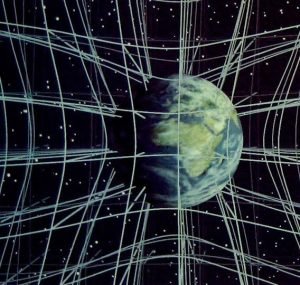
General Relativity is an elegant mathematical theory, but mathematical details can not be described here. It is a tensor formulation which involves 4×4 symmetric tensors.
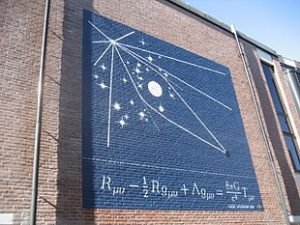
General Relativity has a strong relevance with astrophysics and astronomy. It is used to interpret astronomical observations. Astronomy and astrophysics compose a huge universal laboratory for General Relativity.
Astronomy employs telescopy, physics and mathematics to understand celestial bodies and related phenomena. Astronomy is among the oldest branches of science.
Mercury is the closest planet of the sun and faces highest spacetime curvature in the solar system. It has elliptical path around the sun which shifts with the motion. This phenomenon is called precession.
Precession of Mercury’s orbit around the sun can not be explained by the Newton’s theory of gravitation. But, Einstein’s Relativity explains this precession with precision. It was an early success of General Relativity.
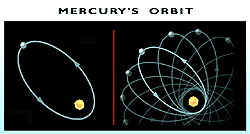
A black hole is a region of spacetime with so strong gravitational effects that nothing, including light, can escape after entering this region. The boundary of this deformed spacetime region is called event horizon.
The formation of black holes can be deduced from General Relativity. According to General Relativity, sufficiently compact mass can deform spacetime to create a black hole. A black hole is ideally perfect black body which reflects absolutely nothing.
The only possible emission from a black hole is Hawking radiation. The emission of Hawking radiation was predicted by Stephen Hawking in 1974.
Black holes may be emitting Hawking radiation from the event horizon due quantum effects in curved spacetime. The nature of this radiation can be similar to gamma rays. Hawking radiations have not been observed yet.
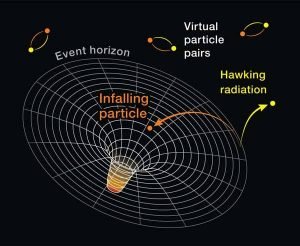
One century after the prediction of black holes in General Relativity, first real image of a black hole has been observed by the Event Horizon telescope. It is the image of a super massive black hole which is 54 million light years away from us. This black hole is present at the center of the galaxy M87. This black hole is more than 6 billion times the mass of our sun.
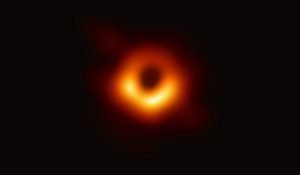
In the end, below is a painting inspired by Einstein’s theory of space and time. This was painted by a Spanish painter Salvador Dali in 1931. This painting may be interpreted as the softer time and space in contrast to the rigid classical concepts of time and space.

Declaration: Information and pictures presented here collected from several print and digital sources and are presented here in a coherent manner keeping in mind the broad scope readership of Technology Times.
